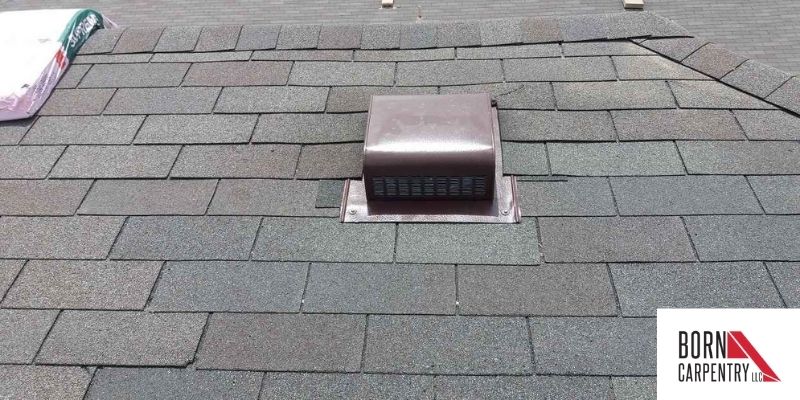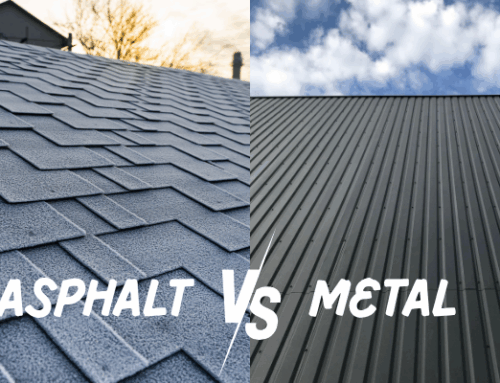Nature can be beautiful yet harmful. Someone who has never experienced a hailstorm may see it for the first time and say it is beautiful, not even noticing the damage it can cause. Nevertheless, whether you consider it beautiful or not, it is good to have a little knowledge about the damages that hail could cause to your roof.
What Is Hail?
Hail is basically water as showery precipitation in the form of irregular balls or pellets of ice measuring between 1 and 1.75 inches in diameter falling from a cumulonimbus cloud.
Hail can cause dents and dings to cars, rooftops, etc. It is a type of deposit on the earth that comes with hastiness, bringing down drops of ice stones, ice crystals, frozen raindrops, or lumps of hard snow.
What Is Hail Damage?

Hail damage is an unpleasant state caused by the downpour of hail. This downpour can rest on cars, rooftops, people, windows, etc. Anything outside can be damaged by hail.
Sometimes, hail causes glass to crack or shatter, leaving owners to utilize their insurance to afford repairs. Hail damage to rooftops may not easily be seen from the ground, so it’s best to have a professional take a look after a hailstorm has passed.
Factors That Determine the Mildness or Severity of Hail Damage on the Roof
Several factors determine how severe or how mild the effect of hail is on a rooftop. These factors are:
1. Size of the Hail
There are different hail sizes, some big, others small. In most cases, the size of the hail can tell you how much damage was caused. We can measure the hail in inches. Hail less than 1 inch in diameter usually doesn’t cause damage. Bigger pieces do.
2. Fierceness and Speed of the Wind
During rainfall, we notice that the strength of the wind is what makes rain droplets on your face or body feel like you are being slapped. In the case of hail, the wind increases the severity of damage.
3. The Quality of the Roof
This is an important factor– it tells how well your roof can bear the force of hail. A substandard roof will lack the ability to properly withstand the appearance of hail.
4. The Lifespan of the Roof
If you’ve got an old roof that’s worn out, it might not be able to handle a hailstorm.
It is best when professionals carry out an inspection of the structure of your rooftop, both before and after hail hits it. While inspecting the roof, they will look for dents on the roof. They will also look for the less obvious signs of hail damage that may be there but not easily visible to the naked eye.
If Hail Damage Occurs
1. Complete Roof Replacement
If hail ruined the roof entirely, then the total removal of the entire roof occurs. This will require hiring a highly skilled roofing professional. Many things need to be in place for this to be successful.
2. Roof Repair of the Damaged Area
Perhaps the hail caused a problem in just one or two spots on the roof. In this case, removing the affected area and replacing it immediately makes sense.
Different Roofing Materials And The Effect Of Hail On Them
There are different roofing materials, based on terrain, choice, house structure, what fits, etc. Just as these materials differ, the damage caused by hail on them differs as well.
Roof shingles serve as a form of roof covering. They have to do with distinct roofing materials being overlapped on each other. They are typically square or rectangular. There are different types of roof shingling materials. All types are durable and beautiful.
1. Wood Shingles
This type of shingle is the most popular because it is very accessible across the world. This type of shingle is strong and can withstand the impact of hail. The challenge with wood, though, is that these types of shingles crack easily when hit by bigger hailstones.
2. Asphalt Shingles

This material is mostly known to be used for roads and parking lots, but it also serves as a shingle material. Asphalt is very flexible and can be made into different shapes and sizes. It requires some maintenance for it to be durable. During hail, asphalt shingles can become cracked or broken, especially in the corners and edges of the roof.
3. Metal Shingles
Suitable for houses that are more prone to fire accidents, metal shingles are actually as flexible as asphalt shingles.
4. Tile Shingles
They break more easily than other shingles. They cannot withstand the force from hail, and the underlying roof structure eventually suffers the impact as well.
These are some basic things you should know about hail damage to your roof.
Conclusion
You cannot control the weather. When hailstorms happen in Minnesota– and they do– it’s important to think about your roof. Did the hail damage it? It’s a good idea to have a professional climb up on the roof and inspect for hail damage. Then the professional can repair or replace roofing materials as needed in order to keep your home well-protected.
In Andover, MN, call Born Carpentry at 612-747-8003 for hail damage roof repair or replacement services.






